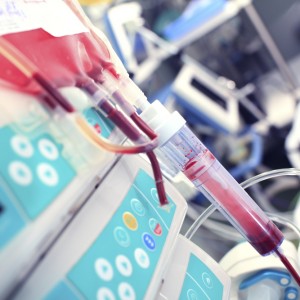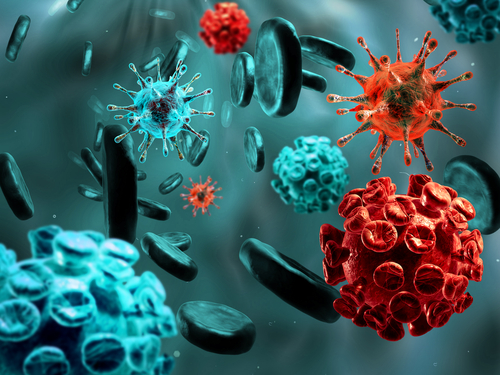 In a recent study published in Nature, researchers were able to identify what they called “the long-sought culprit” behind a cell-signaling interruption responsible for heart failure.
In a recent study published in Nature, researchers were able to identify what they called “the long-sought culprit” behind a cell-signaling interruption responsible for heart failure.
Heart failure causes progressive weakness and stiffness of heart muscles and a gradual loss of blood-pumping faculty, affecting approximately 6 million people in the United States and nearly 23 million people worldwide.
In the study, researchers identified an enzyme named PDE-9, which affects the body’s natural “braking” system necessary to neutralize heart stress. The results revealed that PDE-9 causes damage by gobbling up a signaling molecule, cGMP, responsible for the production of PKG, a protein that protects the heart.
PDE-9 has been identified in other conditions, however, these new findings showed that the enzyme is also increased in patients suffering from heart failure. To understand the role of PDE-9, researchers tested two signaling pathways known to safeguard heart muscle. Each pathway produces cGMP that stimulates PKG, however in patients with heart failure both pathways are fueled by breakdowns. “The existence of two separate pathways with overlapping but distinct functions is nature’s insurance policy, a fail-safe redundancy to ensure that should one pathway falter, the other one can compensate and maintain heart muscle function,” says senior investigator David Kass, M.D., professor of medicine at the Johns Hopkins University School of Medicine and its Heart and Vascular Institute, in a recent news release.
In his previous research, Dr. Kass identified an enzyme that breaks down in one of the signaling pathways, PDE-5, and since then, researchers have been working on the identification of another “offender” responsible for problems in the other pathway. According to the authors, the identification of PDE-9 provides that long-sought “break in the case.”
“Like a play with multiple characters, heart muscle function is the result of a complex but perfectly synchronized interaction of several proteins, enzymes and hormones,” said lead investigator Dong Lee, M.S., Ph.D., a cardiology research associate at the Johns Hopkins University School of Medicine. “Our findings reveal that, like two subplots that converge in the end of the play, PDE-5 and PDE-9 are independent rogue operators, each leading to heart muscle damage but doing so through different means.”
The team had previously found that PDE-5, like PDE-9, causes heart damage by consuming cGMP and PKG, both viewed as heart “protectors.” However, they now found that PDE-9 consumes a form of cGMP stimulated by the second signaling pathway. Furthermore, PDE-9 inhibitors in animal models stopped the enlargement and scarring of the heart muscle and nearly inverted the effects of the condition.
The team hypothesizes that drugs for heart failure may include agents that block the activity of PDE-9, which are already under investigation for Alzheimer’s disease. “We believe the identification of PDE-9 puts us on the cusp of creating precision therapies that target the second pathway or developing combined therapies that avert glitches in both pathways,” Kass said in the news release.
Results from this study may be even more significant for patients who suffer from heart failure with preserved ejection fraction, a condition where the heart appears to be pumping, but is in fact scarred and hardened. People with this condition have been found to have significantly increased levels of PDE-9 when compared to normal hearts.
The team produced mice with a genetic incapacity to produce PDE-9, observing that PDE-9-deficient heart cells had higher cGMP levels when compared to normal cells. These mice were then subject to aorta narrowing, with results revealing that hearts missing the PDE-9 gene fared much better, had less scarring, muscle thickening and dilation than intact hearts.
The team also induced heart failure in three different groups of animals: one group treated with a PDE-9 blocking agent, another with the PDE-5 blocker sildenafil and a third group receiving a placebo control. After a total of four weeks under these regimens, researchers noted that mice who received the placebo developed full-blown heart failure, while mice treated with either PDE-9 or PDE-5 blockers revealed heart muscle size and function improvement.
To further understand the effects of PDE-5 and PDE-9 on heart function, half the animals were treated with a compound that blocked the heart-protective signaling pathway controlled by PDE-5. Results revealed no differences in mice treated with PDE-5, while those who received PDE-9 blockers and improved hearth function. “In practical terms, this affirms that preserving the function in one pathway can avert clinical disease, even if the other one goes bad,” Dr. Kass concluded.


